One of the many interesting details contained within Dr. Bernstein's Diabetes Solution book is Chapter 20, discussing of the treatment of hypoglycemia.
(For the purpose of this discussion, we will be using the terms hypoglycemia, lows, low blood glucose and low blood sugar interchangeably.)
Lows are to be respected, not feared.
A great benefit of low-carb eating is that a diabetic will no longer experience crashing lows like they did when they were eating large amounts of carbohydrates and using large amounts of insulin. When eating low-carb, lows tend to be very gradual, and since you are following the Law of Small Numbers, your body only requires a very small correction to get to the ideal blood glucose level of 83 mg/dL.
DO NOT CORRECT A LOW BY EATING OR DRINKING CARB/SUGAR-LADEN FOOD!!
This is not an excuse to eat non-plan sweets. DO NOT raid the kitchen cabinets. As hard as it might be, it's recommended to use the following chart to determine how much edible glucose your body will need to raise your blood sugar to the target of 83 mg/dl. It is all determined by body weight and how much you need to raise your blood glucose levels:
Dr. Bernstein's Diabetes Solution book, chapter 20, page 342. I find myself more sensitive than the chart (which may be due to glucose/fructose combo in sugar), with 3 grams of table sugar (glucose/fructose) raising my blood glucose levels approx. 25 points total/or 8.3 mg/dl per gram. I weigh 156 lbs/ 71 kilos.
Based on this knowledge, how much glucose is contained within your glucose tablets? Usually it's 4 grams of glucose per tablet. If you are 140 lbs/64 kilos and you need to raise your blood sugar 40 points, you eat 2 tablets, or 8 grams of glucose. Then wait 15 minutes and re-test your blood.
Question: How much did your blood glucose level go up? Do you need another tablet? Some people may find that they need 2 tabs, others might need 1/2. A child might need less.
“Always correct your blood glucose level to 83 mg/dl. That is your benchmark. You don’t want to over-correct and spend hours yo-yoing through hypo and hyperglycemia.
”
Dr. B always recommends treating a low with pure glucose tablets because it's the most fast-acting form of sugar that can pass directly through the lining of the gut without being processed in the liver like other sugars. There are some exceptions.
If glucose tablets are not available where you live, consider an alternative treatment source. Small candies such as Smarties candies (0.5 g carb each) are an option since they contain nearly 100% glucose, and you can dose precisely without overshooting.
I often use packets of granulated sugar, like you would find at a coffee shop or restaurant.
Although granulated table sugar is sucrose, which contains 50% glucose and 50% fructose, I find that sugar metabolizes quickly enough and it's convenient to use. These packets are pre-measured serving sizes, portable, readily available, and long lasting (except in a pants pocket. I know from experience. Don't carry sugar packets in your pants pockets. It can break open quickly due to friction).
I commonly use 1/2 sugar packet to treat my low blood glucose levels. That's 3 grams of sugar. This is a huge shift from my pre-low-carb days when I would use the recommended correction of 15-20 grams of sugar as established by the ADA. Lets just take a look at what 3 grams looks like vs 15 grams. It's a very big difference (obviously, 5x the amount):
While some people complain that glucose tablets are chalky, and granulated sugar sounds gross, think about this:
Any treatment for a low blood glucose level should be considered medicine. You take the dose you need and no more. It is not an excuse to eat carb-laden foods.
If the treatment you choose is regular soda, ice cream, a glass of orange juice, peanut butter crackers, or nearly anything other food item, you are doing two things:
You're prone to overeat, past the recommended dosage of glucose for your weight/level of hypoglycemia (because who knows how much glucose is really in any of those items. See the chart above) and you'll overshoot the benchmark normal blood glucose level of 83 mg/dl, sending you to 300 mg/dl+ before you know it, then require more insulin to correct your blood glucose level downward again. It's a vicious cycle.
You'll eat a food that contains a high amount of fast acting AND slow acting sugars, sending your blood glucose initially higher thanks to the fast acting sugars, but because of the slower digestion of the other sugars, maintaining your blood glucose levels high for a longer time than pure glucose would, or possibly creating a second, later spike.
Both of these scenarios are less than ideal when trying to maintain steady blood glucose numbers.
The yo-yo effect of mistreating a low is what contributes to the stress, uncertainty and confusion of daily diabetes care.
When you remove these wild-card factors, you can maintain a much healthier, steady blood sugar level, which leads to more confidence, more freedom and an improved emotional state as a result.
I want that for all of us.
For a refresher on the Law of Small Numbers concept: Small amount of carbs = small amount of insulin = small corrections. You can read more about it here, and in depth in Dr. Bernstein's book.

